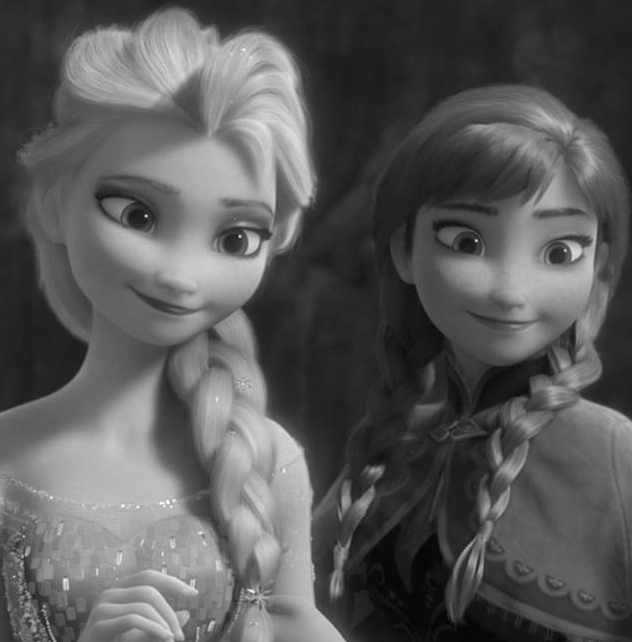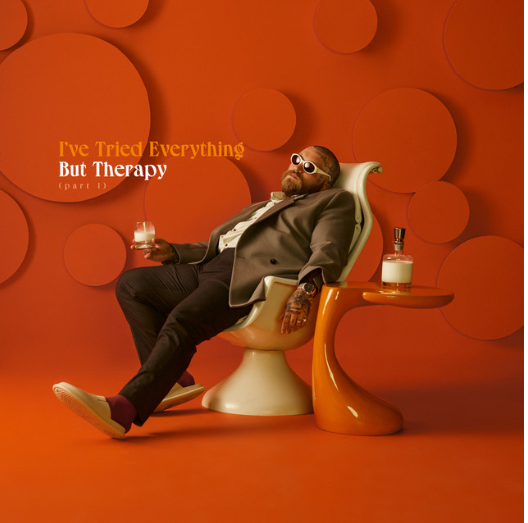I have seen “Frozen” four times. I won’t even try to count the number of times I have sung “Let it Go,” whether passionately singing along to Idina Menzel’s killer vocal skills or catching myself mumbling the words to myself while cooking dinner. I can’t stop thinking about the movie.
The animation is beautiful and the songs are catchy and the voice cast is phenomenal. Seriously, whoever decided to hire a bunch of Broadway stars: thank you.
But these aesthetic enjoyments are just the icing on the cake to me. What really makes my love for “Frozen” so strong is that its plot revolves around the love between two sisters.
This simple fact is worth our attention, because the weight of the history of Disney princesses is on the shoulders of this movie. Out of the current eleven Disney princesses, only two (Pocahontas and Tiana) are shown to have meaningful friendships with other female characters.
“Frozen” fights the stereotypes of competitive and catty girls. Instead, it celebrates girls fighting for each other and growing with each other. “Frozen” is helping to fix the imbalance of under-represented non-romantic relationships. It puts romance as a side dish for these newest princesses, rather than the main course.
This romantic side dish does not end in marriage, either — another small but important step for Disney. The ironic line “you can’t marry a man you just met” shows that Disney is interested in a different sort of romantic story, one that involves growth as a couple rather than immediate commitment.
Elsa, the first Disney princess to become a queen, does not engage in a romantic storyline at all. This makes her the second Disney princess to finish her movie without a male counterpart, after Merida from “Brave.”
“Frozen” continues another trend set forth in “Brave”- Disney princesses are in charge of their own fate. When Elsa accidentally freezes her sister Anna’s heart, “Frozen” plays with the clichéd idea of an act of true love saving her life. However, the plot completely turns the trope on its head.
Anna makes the choice to turn away from Kristoff, her romantic partner coming to save her life, in order to sacrifice herself for her sister. This is what unfreezes her heart: an act of true love performed by Anna herself, rather than an act performed upon her. As cheesy as it sounds, Disney is making a drastic turn away from its traditional stories of princes kissing helpless girls.
Speaking of princes kissing girls – at the end of the story, when Anna does end up with Kristoff, he asks her permission to kiss her. Disney shows consent to be not only a good thing for romantic relationships but also to be adorable.
Elsa’s plot in the movie is one that complicates the traditional Disney representation of a villain. Rather than the two-dimensional, pure evil antagonists Disney usually puts forth (“Tangled”’s Mother Gothel, “The Little Mermaid”’s Ursula, etc.), Elsa shows that villains are not as cut-and-dry as we’d always like them to be.
Elsa is born with powers of snow and ice, but her parents teach her to hide her “curse” from the world, alienating her from the entire outside world, including her sister. She does not learn to control her powers but instead to be ashamed of them. Her parents engrain this mindset into her to heavily that she continues this lifestyle after they have died.
As a metaphor for living with mental illness or repressing one’s sexuality, Elsa’s coming to terms with herself is inspiring and invigorating.
“Frozen” is not perfect. They switched the traditional fairy tale in which a young girl saves her male friend to a story in which a girl needs a man’s help to save her sister. Disney has not made any significant strides to increase representation of non-white characters since “The Princess and the Frog” in 2009. This is not okay.
But “Frozen” takes some strong steps forward and it’s paid off. I can’t wait to see what can happen when they go even further.







